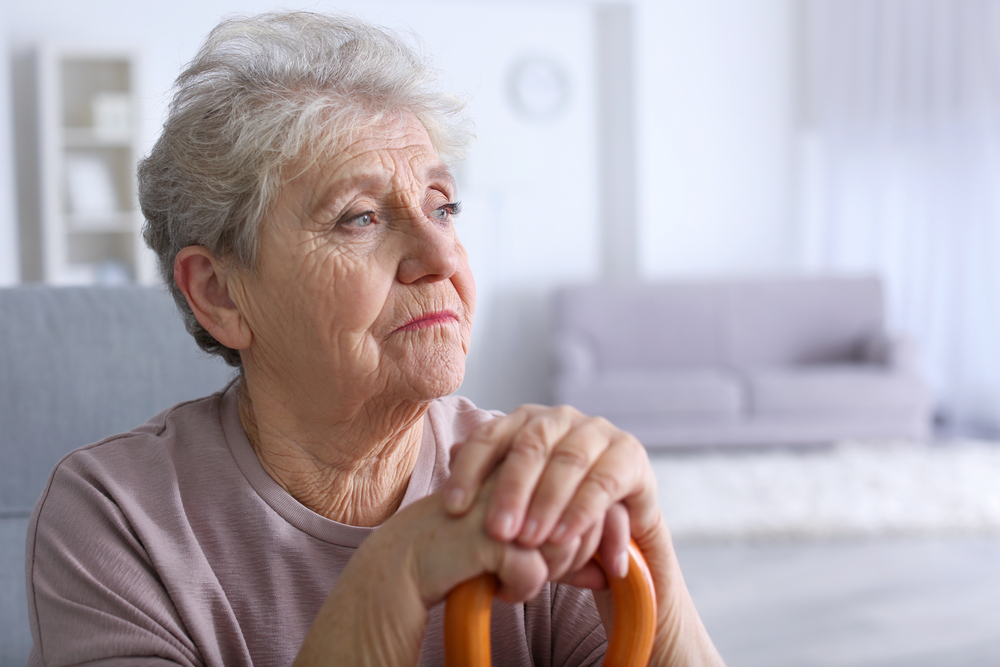It’s well understood that chronic pain and depression are linked. When a person is in constant pain, they’re in a continual state of stress that can produce changes in the brain, putting them at greater risk of developing depression. In turn, depression can make them more sensitive to pain, while impeding their ability to engage in healthy coping strategies that could improve both physical and mental health. Peripheral artery disease (PAD), a common vascular condition that the National Institutes of Health estimate affects more than 8 million people over the age of 40, can be a source of chronic leg pain that increases the risk of developing depression. However, PAD can be treated, helping patients break the vicious cycle of pain and depression.
Understanding PAD, Chronic Pain, and Depression
- Peripheral artery disease restricts blood flow to the legs and arms, usually due to the formation of fatty plaques in the arteries. While at first patients may experience only mild symptoms, over time they get worse as blood flow is increasingly restricted. Signs of PAD include:
- Pain in the buttocks, thighs, calves, ankles, or feet.
- Pain or cramping that gets worse with activity but subsides after rest.
- Slow healing or nonhealing wounds on the feet or legs.
- Tingling or numbness in the lower legs.
- Poor growth of leg hair and/or toenails.
- Restless legs, especially at night.
- Erectile dysfunction.
As the disease progresses, even basic activities like walking and climbing stairs become painful. In severe cases, patients may experience pain in their limbs even when they’re resting. While anybody can potentially develop PAD, older adults, people with high blood pressure or high cholesterol, diabetics, smokers, people who are obese, and those with a family history of vascular disease are at greater risk.
How do the physical symptoms of peripheral artery disease affect mental health? When patients’ mobility and independence are impaired due to PAD, they’re unable to participate in regular activities the way they once were. Instead of being able to take a walk, dance at a family wedding, play golf with friends, or simply go to the grocery store on their own, they can become socially isolated and physically dependent on others. In addition, leg pain and restlessness at night can make it difficult for them to get the restorative sleep necessary for both physical and mental recovery.
Isolation, pain, and the feeling of missing out on the activities they love can make it more likely for a person suffering from chronic PAD pain to become depressed. Depression can manifest as a loss of interest in favorite activities and hobbies, difficulty concentrating, avoiding social situations, fatigue, angry outbursts, appetite changes, and/or sleep disturbances. In turn, these behavioral and emotional changes can make it less likely they will be able to engage in the type of self-care that can help manage and slow the progression of the disease, such as undertaking regular physical activity, maintaining a healthy diet, and managing blood sugar and blood pressure at healthy levels. Unfortunately, this puts their physical health at increased risk, as untreated PAD can lead to serious complications like heart attack, stroke, or amputation.
Treating PAD
If you’re living with PAD, you may have given up hope that life can be any better, especially if your condition has progressed to the point where your pain is constant and you’re unable to exercise. This is not the case. At the Vein & Fibroid Treatment Center, board-certified interventional radiologist Dr. Saleh can restore blood flow through fully or partially blocked arteries with minimally invasive outpatient techniques. This nonsurgical treatment helps reduce or eliminate the pain caused by PAD by resolving the underlying issue, allowing our patients to reclaim the mobility and independence they once enjoyed and improving both their physical and mental health.
It’s possible to break the cycle of chronic leg pain and depression. To learn more about the symptoms of peripheral artery disease, or to schedule a consultation with Dr. Saleh, contact the Vein & Fibroid Treatment Center here.




